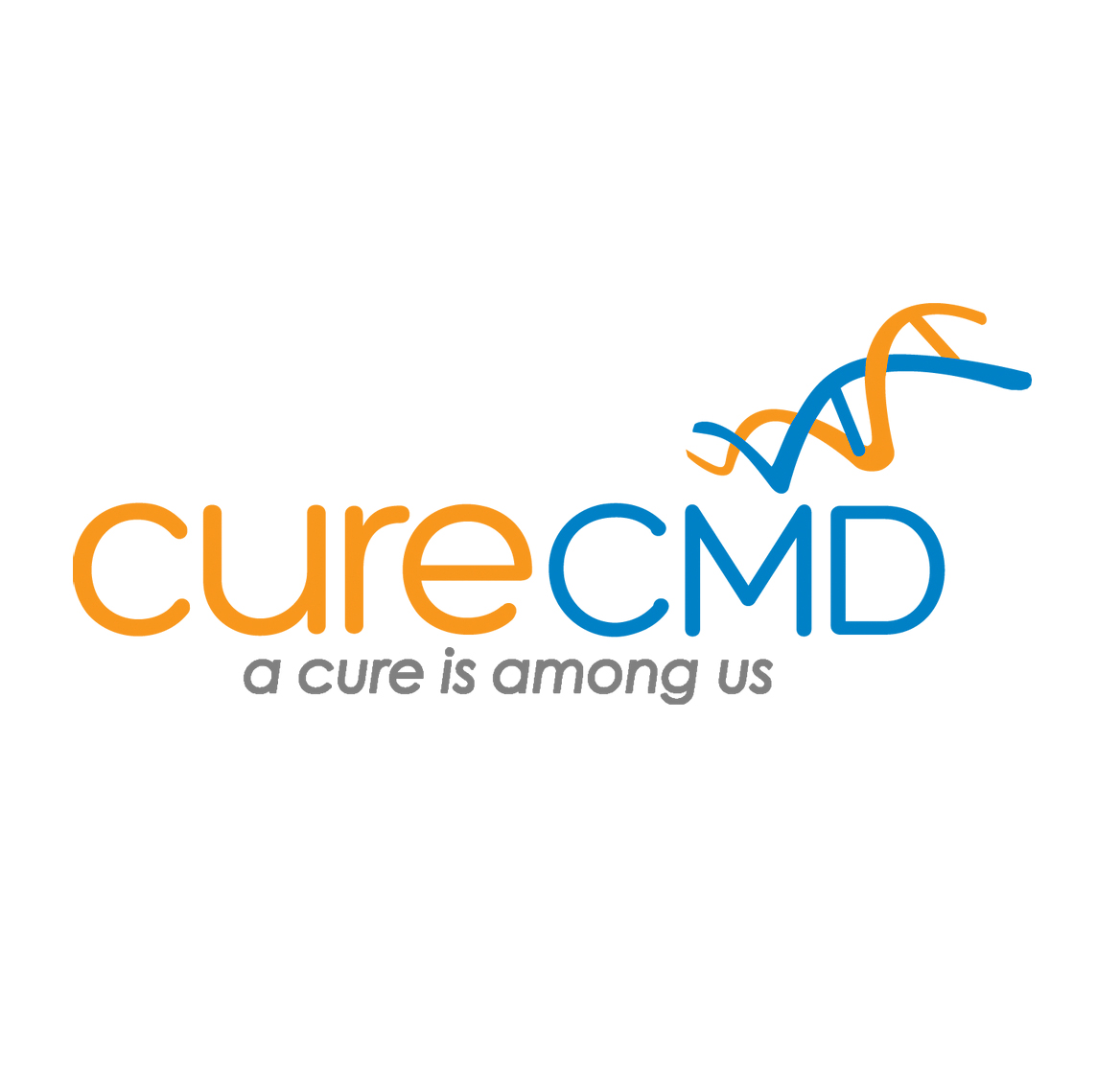Markus Rüegg’s mission: Developing a gene therapy for LAMA2-CMD
This article is a translated and summarized version of an original German interview with Professor Markus Rüegg
Hope for a Rare Muscle Disease: Professor Markus Rüegg on Progress in LAMA2 Gene Therapy
For over two decades, Swiss neurobiologist Professor Markus Rüegg has been researching congenital muscular dystrophies. Since 2022, he and his team at the University of Basel have focused on developing a gene therapy for LAMA2-related muscular dystrophy (LAMA2-CMD)—a rare and severe genetic disorder. In a recent interview, Rüegg shared insights into the condition, the science behind his research, and the path toward a potential treatment.
Why Focus on LAMA2-CMD?
LAMA2-CMD is caused by mutations in the LAMA2 gene, which encodes the protein laminin-α2, essential for muscle fiber stability. Rüegg’s interest in this particular condition began years ago while studying nerve-muscle communication. His team discovered that the protein Agrin had similar properties to laminin-α2 and hypothesized it could partially replace its function. Animal tests showed improvement, sparking further research and the pursuit of a viable therapy.
Understanding the Disease
LAMA2-CMD comes in both severe and milder forms, all tied to mutations in the same gene. In the most serious cases, symptoms begin at or shortly after birth. Children experience profound muscle weakness, delayed motor development, and changes in brain structure visible via MRI. Most do not develop the ability to walk. Definitive diagnosis typically requires DNA sequencing.
Though rare, the disease affects approximately 8 in 1 million newborns. In Germany, this translates to about six cases annually. Since LAMA2-CMD is inherited recessively, some cases may go undiagnosed, particularly when DNA results are ambiguous.
The Challenges of Current Treatments
Current therapies—including physical therapy and symptom-relieving medications—offer only limited benefits. The root of the problem is that without laminin-α2, muscle fibers cannot effectively withstand stress, leading to progressive muscle damage and loss. To truly address the disease, treatments must tackle the genetic defect itself—something current medications cannot yet do.
A Promising Gene Therapy
Instead of attempting to correct the gene mutation directly using tools like CRISPR (which currently has safety concerns), Rüegg’s team devised a novel approach. They developed two engineered “linker” proteins designed to mimic the function of laminin-α2. One helps form a stable extracellular matrix (ECM) around muscle fibers; the other connects this matrix to the internal muscle structure, restoring crucial mechanical stability.
These linkers are delivered to muscle cells using harmless viral vectors. In mice with LAMA2-CMD, the therapy significantly improved muscle strength and health. These promising results led to the founding of SEAL Therapeutics AG, a startup dedicated to bringing this treatment into clinical trials. The name SEAL stands for “Simultaneous Expression of Artificial Linkers”—but also nods to the goal of “sealing” or stabilizing muscle fibers.
What’s Next?
The next major steps include producing sufficient quantities of the therapeutic virus, confirming safety in further tests, and submitting a clinical trial plan to regulatory authorities. If approved, the therapy could enter clinical trials—a critical milestone toward helping patients.
How Patients Can Get Involved
Patients interested in potential trials are encouraged to register with relevant patient organizations. These groups not only provide support and information but also serve as crucial bridges between families and research teams.






